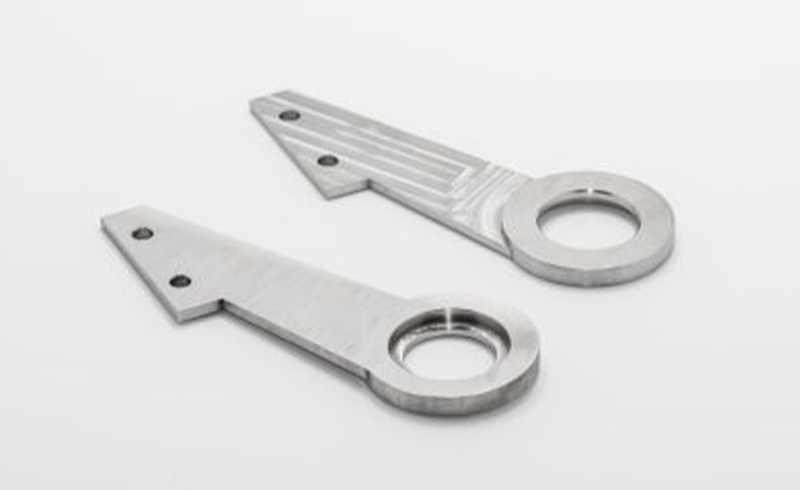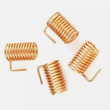Precision Machining
- CNC Machining Service
- CNC Milling
- CNC Turning
- Automatic Turning
- Machining Screw/Rivet
- Wire EDM Machining
- Casting & CNC
- Aluminum Profile & CNC
- Cold Heading & CNC
High strength and toughness, fatigue resistant. Alloy steels incorporate additional alloying elements beyond carbon, leading to heightened hardness, toughness, fatigue resistance, and wear resistance
| Grade & Composition | Key Characteristics | Primary Applications |
|---|---|---|
| Rigid PVC (UPVC) (Unplasticized) | • Density: 1.35–1.45 g/cm³ • Tensile strength: 34.5–58 MPa • HDT @1.82 MPa: 55–75°C • LOI: 45% (self-extinguishing) | • Construction pipes & fittings • Window profiles • Industrial sheets |
| Flexible PVC (SPVC) (Plasticizer added) | • Density: 1.16–1.35 g/cm³ • Tensile strength: 10.3–24.1 MPa • Elongation at break: 200–450% • Hardness: 70–95 Shore A | • Wire & cable insulation • Medical tubing • Flooring & waterproof membranes |
| Chlorinated PVC (CPVC) (Chlorine content 63–69%) | • Density: 1.45–1.65 g/cm³ • Tensile strength: 54–70 MPa • HDT @1.82 MPa: 100–125°C • Continuous service temp: -20°C to +110°C | • Hot water piping systems • Chemical processing equipment • Fire sprinkler systems |
| Property | Test Standard | Rigid PVC (UPVC) | Flexible PVC (SPVC) | CPVC |
|---|---|---|---|---|
| Tensile Strength | ISO 527 | 34.5–58 MPa | 10.3–24.1 MPa | 54–70 MPa |
| Elongation at Break | ASTM D638 | 20–40% | 200–450% | 80–120% |
| Flexural Modulus | ISO 178 | 2,400–4,200 MPa | — | ≥3,000 MPa |
| Notched Impact Strength | ISO 179 | 2–11 kJ/m² | — | ≥8 kJ/m² |
| Vicat Softening Point | ISO 306 | 71–82°C | 40–70°C | 103–128°C |
| Limiting Oxygen Index (LOI) | ISO 4589 | 45% | 22–40% | 60% |
•Thermal Stability: Melt temperature range 170–190°C; degrades >200°C releasing HCl – requires lead/organotin stabilizers [1](@ref)
•Shrinkage Control: Mold design must accommodate 0.2–0.8% shrinkage for UPVC; higher for SPVC (1.5–3.5%) [1](@ref)
•Plasticizer Migration: SPVC requires phthalate-free plasticizers (e.g., DINCH) for food/medical applications [1](@ref)
•Thermal Sensitivity: UPVC brittle below -15°C; SPVC softens above 70°C; CPVC maintains integrity to 110°C [1](@ref)
•Chemical Vulnerability: Swells in ketones/aromatics; SPVC degrades with oil/organic solvent exposure [1](@ref)
•Potable Water Systems: UPVC pipes must comply with GB/T 10002.1 hygiene standards; lead stabilizers prohibited [1](@ref)
•Fire Safety: Combustion releases toxic HCl gas – requires antimony trioxide flame retardants for building codes [1](@ref)


On December 12 , 2019,LML welcomed three customers again.
Read more about quality assurance
On December 12 , 2019,LML welcomed three customers again.
Read more about quality assurance
On December 12 , 2019,LML welcomed three customers again.
Read more about quality assuranceTake advantage of our network and see what PVC can do for you